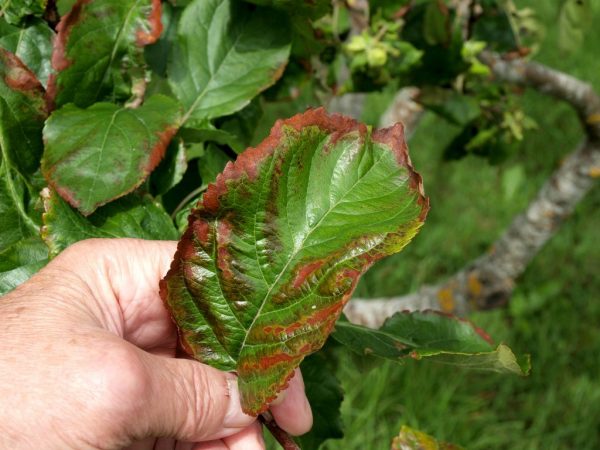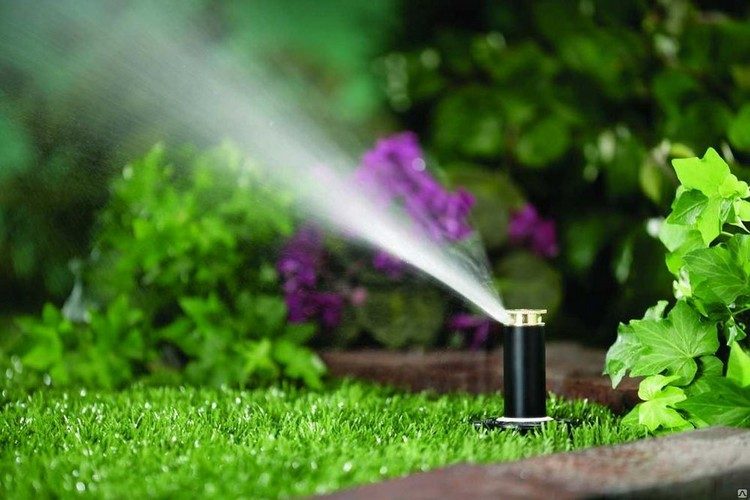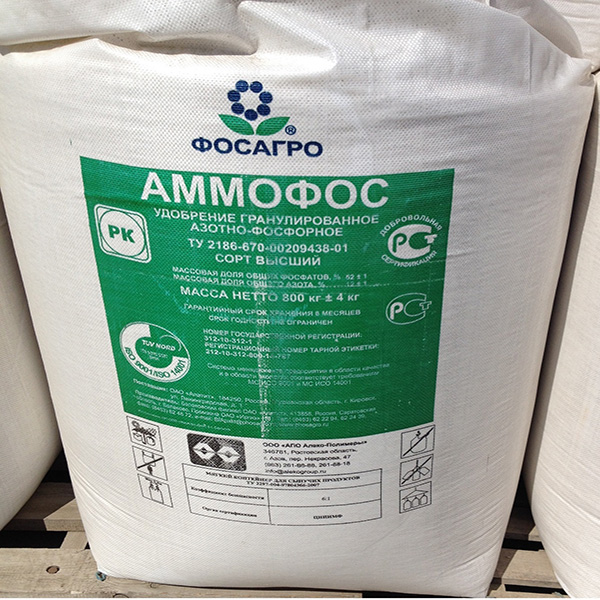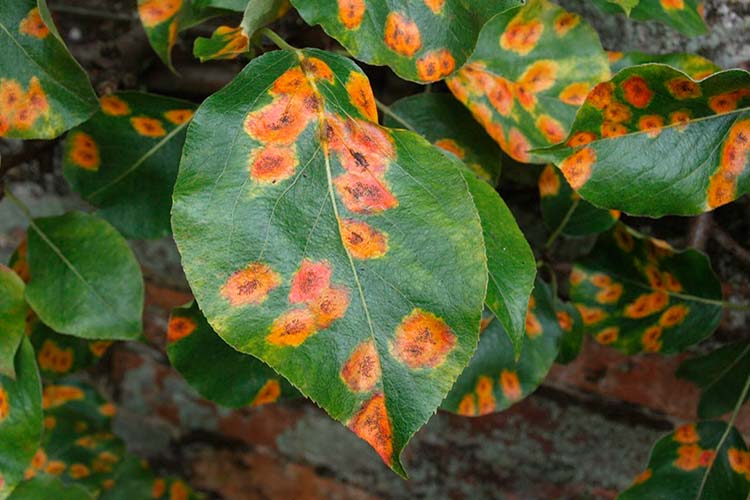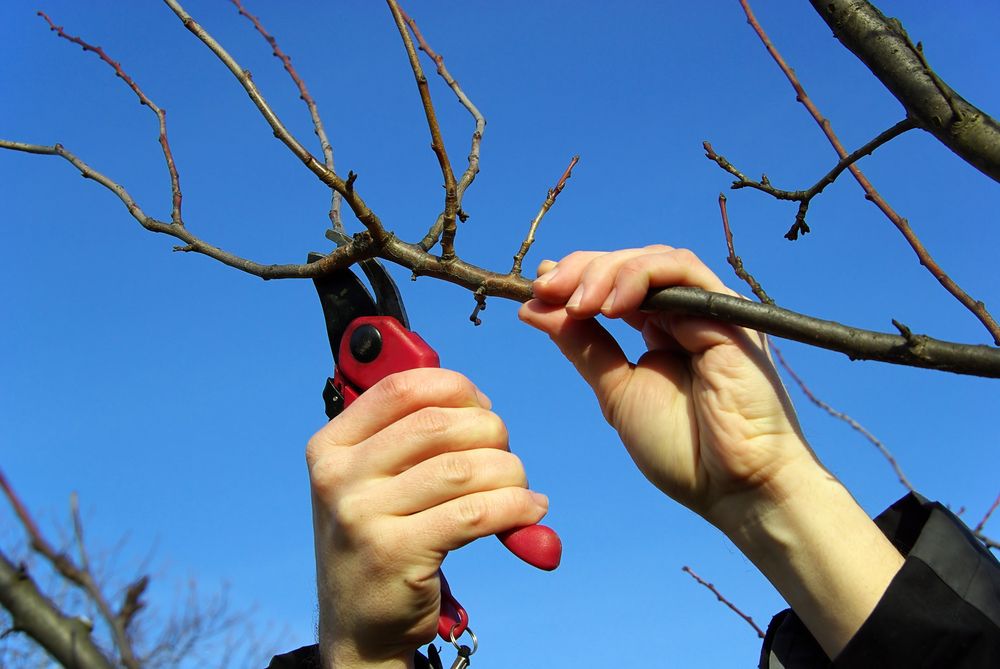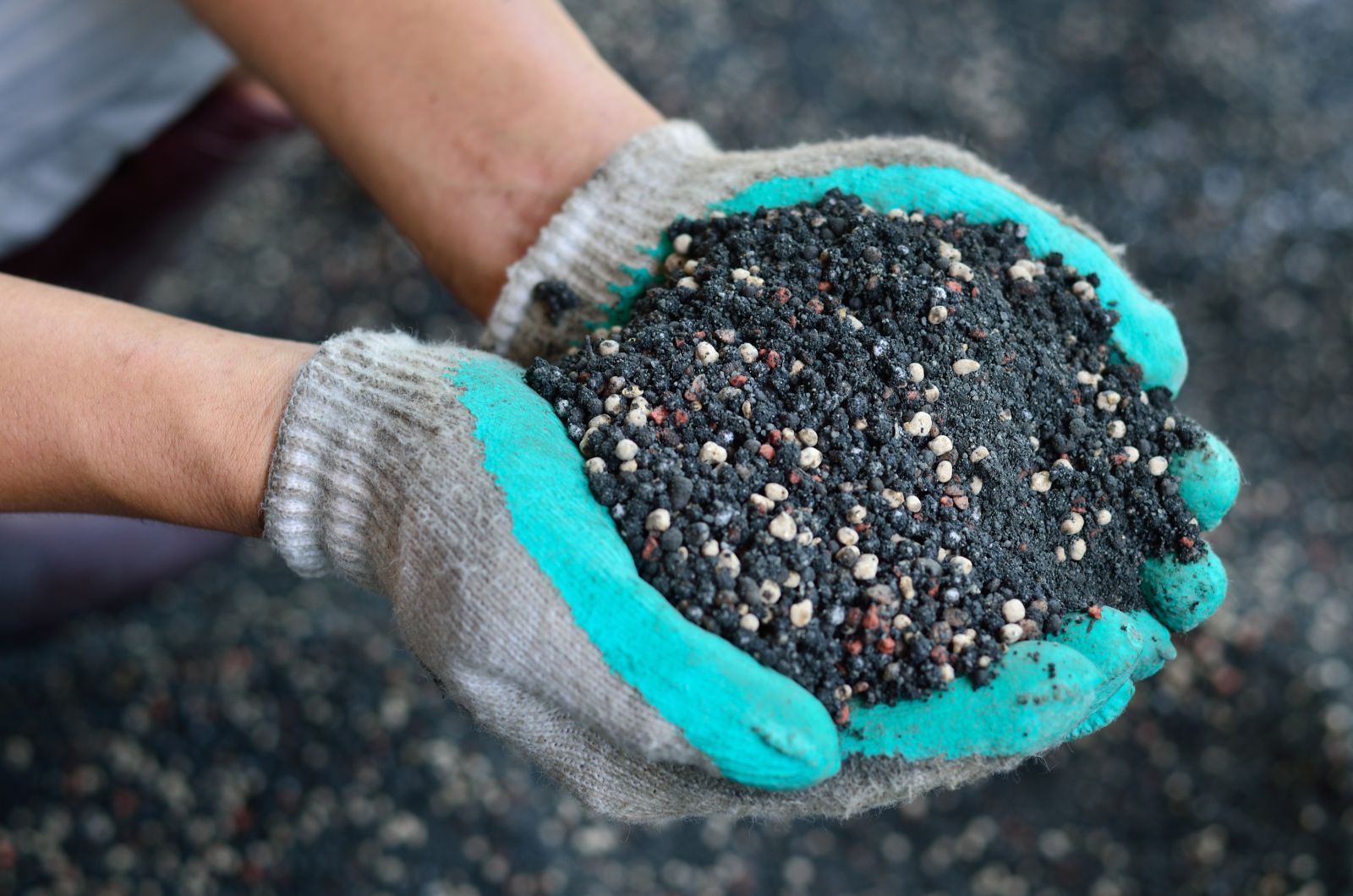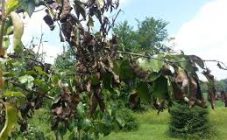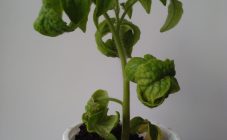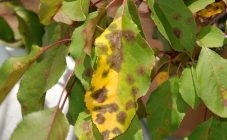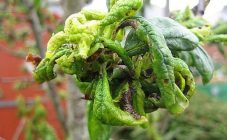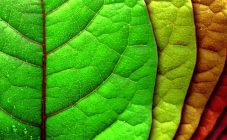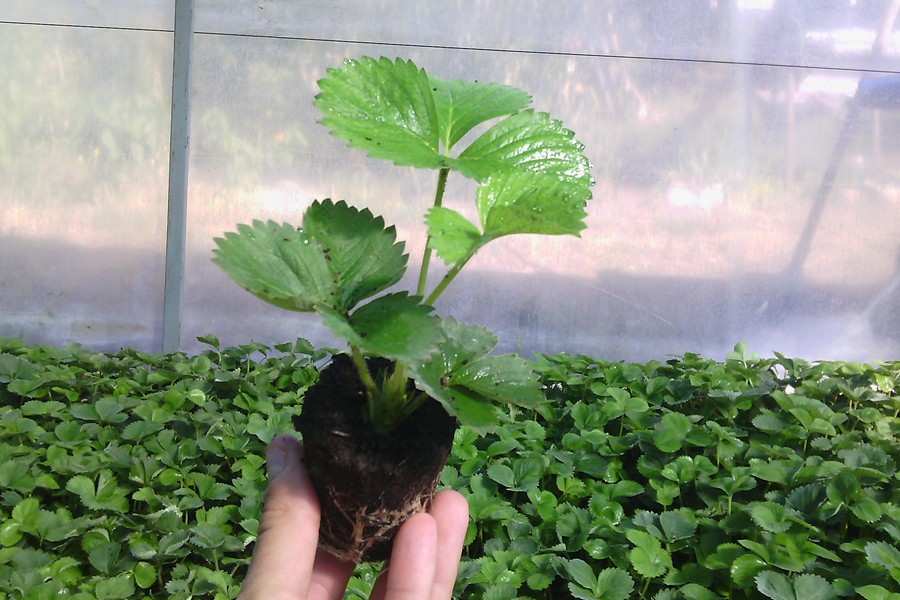Content:
Like any fruiting tree, a pear is susceptible to damage by various fungal and viral diseases, insects. To keep a tree healthy and fruitful for many years, you need to know how to deal with the disease that struck it, the pest. Each disease, pest has its own symptoms, characteristic damage, so it is important to diagnose them as early as possible.
This article will discuss if the leaves of a pear turn red, what to do with what to treat the plant, and the causes of this state of leaves will be described.
Causes of reddening of leaves in a pear
If the leaves of the pear began to turn red before the onset of autumn, then this may be due to reasons such as:
- Waterlogged soil or too close to the surface of the groundwater, upper water - in this case, the root system will not have enough air for normal respiration and assimilation of nutrients. A pear planted in such soil will grow slowly, lagging behind in growth from seedlings placed in more favorable conditions.
- Failure to comply with the planting depth of the pear seedling is too shallow or, conversely, deep planting reduces the ability of the seedling root system to assimilate nutrients, promotes the accelerated disintegration of the main leaf material responsible for photosynthesis (chlorophyll) and the manifestation of such a red pigment as anthocyanin.
- Insufficient content of phosphorus available to the plant in the soil - on soils with a low content of this macronutrient, the leaves very quickly lose their healthy green color, acquiring a red or deep purple color.
- Rust infection of the plant is a serious disease of pear leaves caused by spores of the pathogenic fungus Gymnosporangium sabinae. If measures are not taken in a timely manner, not only the harvest, but the pear itself may die. With the arrival of spring and warmth, colonies of an insidious fungus instantly populate young pear leaves. The first symptoms of rust are considered the appearance of pimples, round spots of yellow and bright orange color on the leaf plate. The first manifestations of the disease are usually observed after the flowering of the pear. If you do not get rid of this infection at this spring stage, then by mid-July it will spread throughout the foliage, and by autumn large red spots will begin to blacken and swell, and then mycelium outgrowths will appear. Not only the harvest will be destroyed, but the pear itself. To prevent this, preventive measures are needed.
- Damage to the leaves of aphids - young leaves affected by the pest not only acquire a red color, but over time they begin to curl along the central vein. The tube formed from the affected leaf is the seat of the pest colony. Aphids possessing great fertility, with a strong colonization of the tree, can cause premature yellowing and leaf fall, a decrease in yield, weakening and death of a young tree.
- Incompatibility of the rootstock with a grafted stem or eye - this situation occurs in many gardeners when budding or copulating varietal pears on a low-quality rootstock or physiologically incompatible with the cultural part grafted onto it. This problem may not appear immediately, but after 2-4 years. In addition to the fact that the leaf of such a tree begins to gradually acquire a red color unusual for it, the place where it is grafted onto the cultivar on the stock may become covered with influxes and growths.
- Excessive introduction of lime into the planting pit - an incorrect (overestimated) dosage of lime or other material introduced into the planting pit to deoxidize the soil will lead to the soil becoming alkaline. This will greatly affect the assimilation of nutrients from the soil by the root system, with direct contact of the lime material with the roots can cause them to burn and die off.
Important! Pear leaves can also turn red and curl in very hot weather. In order to help the plant cope with high air temperatures and prevent foliage from reddening, it is necessary to water more frequently and abundantly.
What to do if the leaves of a pear turn red
Depending on what caused the red leaves on the pear, the following control measures are applied:
- When the soil is waterlogged for planting a young tree, they choose an elevated place, sunny and ventilated (but without drafts), moderately moist. In places with a temporary stagnation of moisture, drainage grooves are dug around the tree.
- If the seedling is planted too shallowly, then the young tree should be dug in so that the earth reaches the place where the root passes into the trunk (root collar). A too deeply planted young pear must be carefully dug up in early spring or autumn and transplanted to the optimum depth.
- With a deficiency of phosphorus in the soil from April to the end of June, a complex fertilizer such as Ammophos is introduced into the soil once every 2 weeks. Fertilizer granules are evenly scattered over the soil surface over the crown projection area and embedded to a depth of 10-15 cm while loosening. With such periodic dressings, not only phosphorus, useful and missing for plants, will be introduced into the soil, but also nitrogen and potassium.
- Saplings and mature trees damaged by aphids are treated with such insecticides as Bi-58 Novy, Aktara, Karate-Zeon, Iskra. With a small number of pests, the affected branches with leaves are cut with shears and immediately burned.
- Saplings, which have reddening of the leaves due to the incompatibility of the rootstock with the cultural part grafted onto it, are uprooted. The inoculation is repeated on a suitable and better quality stock.
- If reddening of the leaves is caused by excessive application of lime, the seedling is immediately replanted, while adding the required amount of lime materials.
The fight against rust is more laborious and costly, in contrast to the measures described above to eliminate errors in the cultivation of this crop.
Preventing pear leaf rust
An effective way to combat the appearance of rust is considered to periodically spray the tree with fungicides. During the spring-autumn period, treatments are performed in the following terms:
- In late April - early May when young greenery appears;
- During the budding period;
- At the beginning of flowering;
- Immediately after flowering (June);
- After 10-12 days, the last spraying is carried out.
Usually a 1% solution of Bordeaux liquid is used. Also used copper oxychloride, copper sulfate solution at the rate of 50 ml per 10 liters.
The tree is treated with Triadimefon at the first signs of the disease, then the spraying is repeated every 3 weeks. The solution is prepared in the ratio: 10 grams of the drug per 10 liters of water.
If it was not possible to completely destroy the sources of infection and heal the plant, and parts damaged by the fungus remain on the pear, they resort to the following measures:
- Infected branches are removed and trimmed to healthy wood. In this case, a sharp pruner or a garden knife is used to trim thin shoots. Branches more than 2 cm thick are cut with a hacksaw.
- The sections are thoroughly disinfected by treating with a 5% solution of copper sulfate;
- The treated places are carefully covered with garden varnish - a special plastic putty, which has such an important property as preventing infection from penetrating the wood cut.
Prevention of reddening of leaves in a pear
Redness in pear leaves is easier to prevent than cure. This requires:
- Observe the terms, depth of planting seedlings;
- To plant young pears on highly fertile soils provided with phosphorus and other macro- and microelements;
- Choose for planting pears of soil on hills, slopes;
- To mow the garden and destroy the weeds growing near the tree, on which various pests and diseases often feed and develop for the first time;
- Mineral and organic fertilizers, as well as lime materials are applied in optimal doses, taking into account the fertility of the soil and the content of nutrients in it.
In order to avoid a long, laborious and not always effective process of treating an adult tree from a disease such as rust, preventive measures should be taken such as:
- Cultivation of disease-resistant varieties - so that the likelihood of disease occurrence is minimal, planting material is carefully selected. So, the most resistant varieties are considered: Gulabi, Nanaziri, Sakharnaya, Suniani, Chizhovka.
- For planting a young tree, choose an elevated place, sunny and ventilated (but without drafts), moderately humid.
- The crown of an adult pear tree is annually pruned, preventing its thickening.
Experienced gardening tips
- It is best to purchase seedlings in specialized nurseries - this guarantees their varietal purity;
- Fallen leaves and branches removed during autumn pruning are burned - even one dry leaf affected by the disease can cause an infection of the entire tree next spring;
- Aphids that cause redness and curling of leaves can be scared off by spraying a pear with an infusion of celandine, dandelion. For better survival of such a "folk insecticide", laundry soap is added to the leaves.
So, having figured out why the leaves of pears turn red in summer, you can not only effectively fight this ailment caused by various factors, but also prevent it by increasing the yield and growing period of the pear garden.
